Rolando Pérez Álvarez
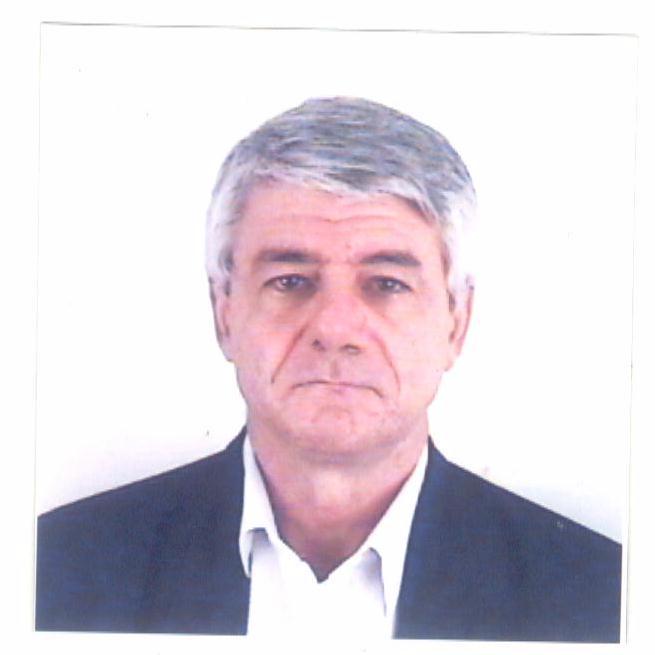
email: rpa@uaem.mx
Rolando Pérez Álvarez has a degree in Physics, a Master in Physics, a Doctor of Mathematical Physical Sciences, and a Doctor of Science from the University of Havana, Cuba. He was a Research Professor at the University of Havana from 1972 to 2006. Since 2007 he is Senior Research Professor C at the Autonomous University of the State of Morelos, Mexico. He belongs to the National System of Researchers, level III. All his life he has worked in Physics of Condensed Matter. Since the 80’s of the last century, he specializes in Low Dimensional Systems, such as Quantum Wells, Superlattices, Doped Delta Systems, Quasi-regular Systems, and more recently Carbon Nanotubes, Graphene, and other two-dimensional Systems. In these systems he has studied their electronic structure, the oscillations of the crystal lattice (phonons), as well as their optical, electrical, and some thermoelectric properties. He is a specialist in Green’s Functions and Transfer Matrix techniques, topics in which he has made theoretical contributions. At the same time, he develops work on topics of Classical Physics such as the heat transport in novel systems such as those with phase change materials. Within this group, Dr. Pérez Álvarez participates in the calculation of phonons of graphene slabs and in the study of thermoelectric phenomena in graphene multilayers, with interest in the immediate future to extend these analyses to other two-dimensional systems such as borophene, stanene, boron nitride, etc.
Luis Manuel Gaggero Sager
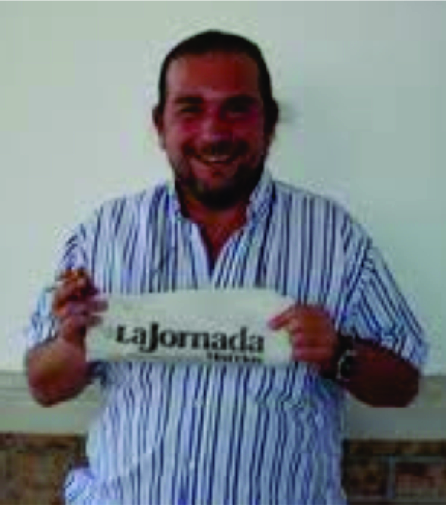
Prof. Luis Manule Gaggero-Sager born in May 14 1965 at Paraná, Provincia de Entre Ríos, Argentina. Currently, he is part of the research staff of the Center of Engineering and Applied Sciences (CIICAp) of the Autonomous University of the State of Morelos (UAEM). He got his bachelor in physic from Havana University (HU) in 1990, his doctoral degree in physics from Universidad Nacional de Educación a Distancia (UNED) in 1996, specializing in solid-state physics. He also was a postdoctoral fellow at the Dipartimento di Fisica. Universita’ degli studi di Milano in 1996, he was on sabbatical leave at Consejo Superior de Investigaciones Científicas (CSIC) del Instituto de Ciencias de Materiales de Madrid (ICMM) in 2001 and from 1993 to 1996 he was visiting professor at the Physics Faculty of HU. Since 2007, he is full lecturer-researcher at UAEM, and since 2014, National Researcher SNI 3. Prof. Gaggero-Sager has a broad interest in science and engineering, particularly in condensed matter physics and complexity.
Regarding 2D materials, Prof. Gaggero-Sager has a special interest in the so-called self-similar potentials, that is, potentials that be built such that display self-similarity. In these potentials, the work done so far is just the beginning. There are several pending tasks such as exploring different construction rules and its impact on different physical quantities.
Outmane Oubram
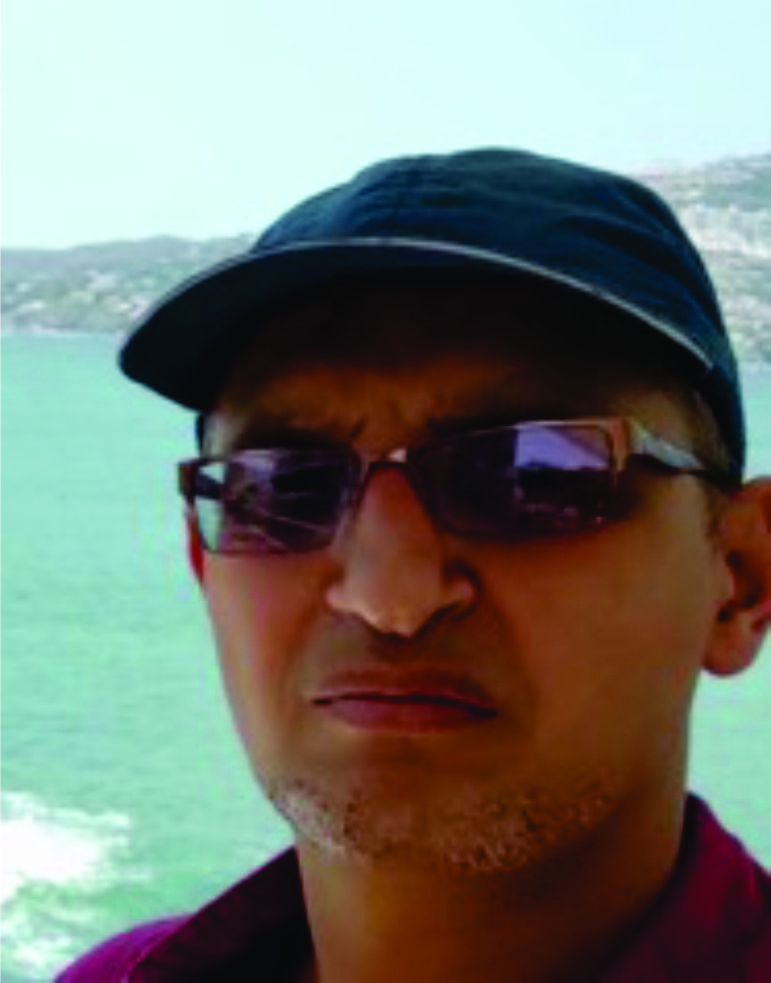
email: oubram@uaem.mx
Outmane Oubram got a Bachelor in Physical Sciences (Option in Electronics) in 2000, a diploma of Specialized Higher Studies in Instrumentation and Oceanographic Information Technology from Faculty of Sciences of Rabat, University Mohammed V, Morocco 2003. He is also a Doctor of Science from the University of Autonomous University of the State of Morelos (UAEM), Mexico 2009. Dr. Oubram realized a postdoctoral stay at the Materials Research Institute, National Autonomous University of Mexico (UNAM) from 2010 to 2012 and a research stay at Department of Physics, St. John’s University New York from 2019 to 2020.
Since 2012 he is a Full-time Research Professor at the Faculty of Chemical Sciences and Engineering of the UAEM. He belongs to the National System of Researchers, SNI 1. In the last two decades, he investigated different topics in material science: 1) The optoelectronic and transport properties in low-dimensional systems, such delta doped quantum wells, superlattices; 2) Spintronic, magnetoresistance and thermoelectric properties in systems based on 2D material, such as Graphene, Silicene, Phosphorene; 3) self-similar electronic transport in 2D materials.
René Pernas Salomón

email: rpernass@gmail.com
The researcher obtains his Physics degree and a Master ́s in Physics at the University of Havana, Cuba. He got the a Ph.D in Science (Physics) from the Autonomous University of the State of More- los (UAEM), Mexico, with a specialization in Green function and numerically stable transfer matrix methods to solve the Matrix Sturm-Liouville problem in inhomogeneous media. Five years postdoctoral experience: September 2017 to May 2021, faculty of Mechanical Engineering, Technion-Israel Institute of Technology, Haifa, Israel, and 2015-2017 at the department of Applied Physics, Institute of Physics Ing. “Luis Rivera Terrazas”, Meritorious Autonomous University of Puebla; Puebla, Mexico. Currently, he is a CONEX-PLUS fellow at the Universidad Carlos III de Madrid (CONEX-Plus programme funded by Universidad Carlos III de Madrid and the European Union’s Horizon 2020 research and innovation programme under the Marie Sklodowska-Curie grant agreement No. 801538).
Among his research works, we can mention the Dynamic homogenization of composite and locally resonant systems and, particularly, the generalization of the effective elastodynamic theory of Willis to piezoelectric and magnetoelectric metamaterials. This research line aims to derive bianisotropic constitutive relations that describe the macroscopic response of inhomogeneous media satisfying causality, reciprocity, and energy conservation and study unconventional cross-coupling properties and their potential to manipulate mechanical and electromagnetic waves efficiently.
His interest in 2D systems includes a) Piezoelectric planar Willis materials and the dynamic behavior of the electro-momentum modulus, which is a novel coupling property that connects the electric displacement field with the velocity field in inhomogeneous piezoelectric media with asymmetric microstructure, b) the use of Bianisotropic Metasurfaces for efficient manipulation of acoustic or in-plane waves; anomalous refraction and reflection of waves based on the Generalized Snell Law, and c) the study of Topological phases in non-Hermitian 2D settings.
Heraclio García Cervantes
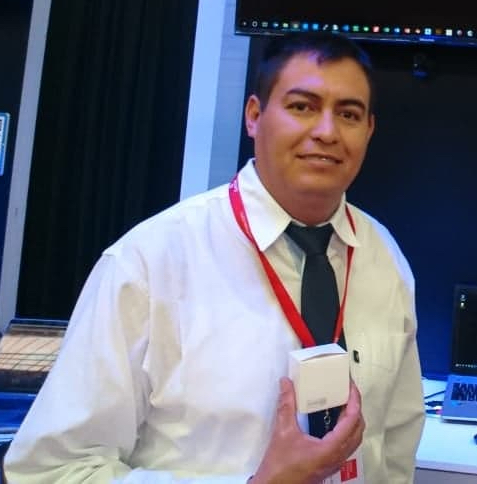
Dr. Heraclio García-Cervantes got his Ph.D. in physics in 2017 from the Institute for Research in Basic and Applied Sciences (IICBA) of the Autonomous University of the State of Morelos (UAEM), México. He obtained his B.S. and M.S. degrees in physics from Autonomous University of Zacatecas (UAZ), in 2011 and 2013, respectively. In his doctoral thesis he studies the angle-dependent bandgap engineering in gated graphene superlattices and self-similar conductance patterns in graphene Cantor-like structures
He joined 2D Materials Research Group as regular visitor in 2021. His current research project is focused on angle-dependent bandgap engineering in graphene using breaking symmetry substrates and Fermi velocity-modulation control of electron wave propagation in graphene superlattices. He is also member of the National System of Researches (SNI) as National Research Level C since 2018.
Francisco Javier García Rodríguez
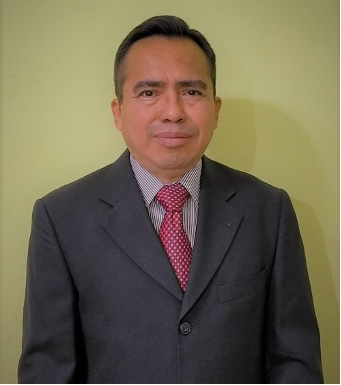
email: materiales.celaya@gmail.com
Dr. Francisco Javier García Rodríguez received the B.Sc. degree in Physics from the Autonomous University of Nuevo Leon in 1994, the M.Sc. degree in Physics from the University of Sonora, in 1996 and his Ph.D. in Engineering in 2001 from the Autonomous University of Querétaro, México. In 2010, Dr. García-Rodríguez received an invitation to spend a postdoc stay at Department of Physics and Astronomy, University of Texas at San Antonio, Texas, USA. Since 2002, he is research professor at the National Technology of Mexico at Celaya. His main interest research areas include Sol-Gel Materials and Thermal processes.
In particular, in 2020, Dr. García-Rodriguez began working in Fermi velocity graphene superlattices, exploring different distributions of the Fermi velocity barriers: arithmetic growing, regular and random distribution. He is also involved in the study of the fundamental properties of graphene superlattices with potential profiles that follow the Gaussian, Lorentzian, and Lévy-type distributions.
Gerardo Jesús Escalera Santos
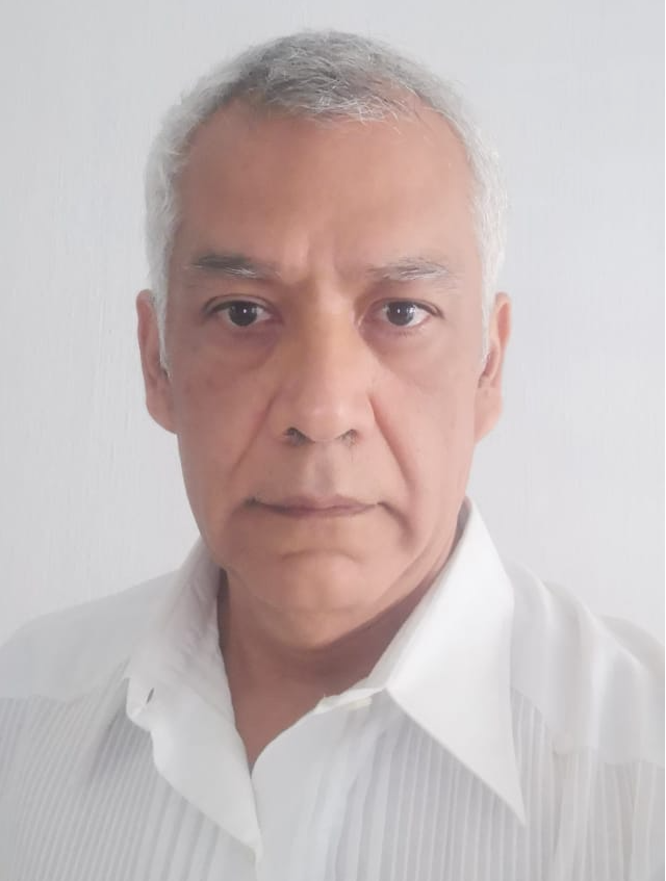
email: gescalera.santos@gmail.com
Dr. Gerardo Jesús Escalera Santos (https://orcid.org/0000-0002-6549-3737) received the B.Sc. degree in Physics from the Autonomous University of Nuevo Leon in 1994, the M.Sc. degree in Applied Physics from the CINVESTAV-IPN (U.M), in 1997 and his Ph.D. in Physics in 2006 from the Autonomous University of the State of Morelos (UAEM), México. Since 2010, he is research professor at the Autonomous University of Chiapas. His main interest research areas include: Nonlinear Dynamics, Dynamical and Complex Systems.
In 2020 Dr. Escalera Santos joined the 2DMRG, collaborating in the study of the transmission and transport properties of non-conventional superlattices based on 2D Materials. In particular, he is working in Fermi velocity graphene superlattices, exploring different distributions of the Fermi velocity barriers: arithmetic growing, regular and random distribution. He is also involved in the study of the fundamental properties of graphene superlattices with potential profiles that follow the Gaussian, Lorentzian and Lévy-type distributions.
Mohammed Miniya
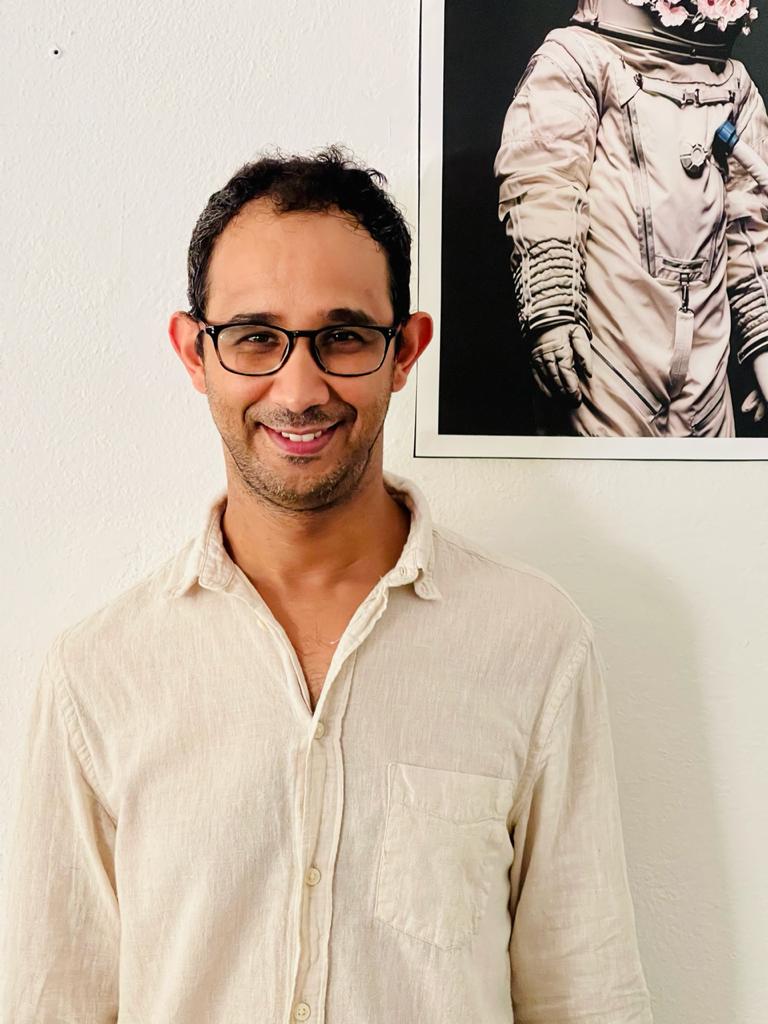
email: m. miniya@uaem.edu.mx
M. Sc. Mohammed Miniya, is a doctoral student at the Engineering and Applied Sciences Research Center of the Autonomous University of the State of Morelos (UAEM), Mexico. He obtained his bachelor’s degree in physics in 2010, specialized master’s degree in nuclear technology and protective radiation in 2012. Also, he obtained a second master’s degree in optimization and applied computation in 2019. In his master’s thesis, he investigated electronic transport in self-similar systems on graphene. His current research project focuses on transport and thermoelectric systems based on graphene. The main objective of the project is to find self-similar properties in different graphene-based systems.
José Alberto Briones Torres
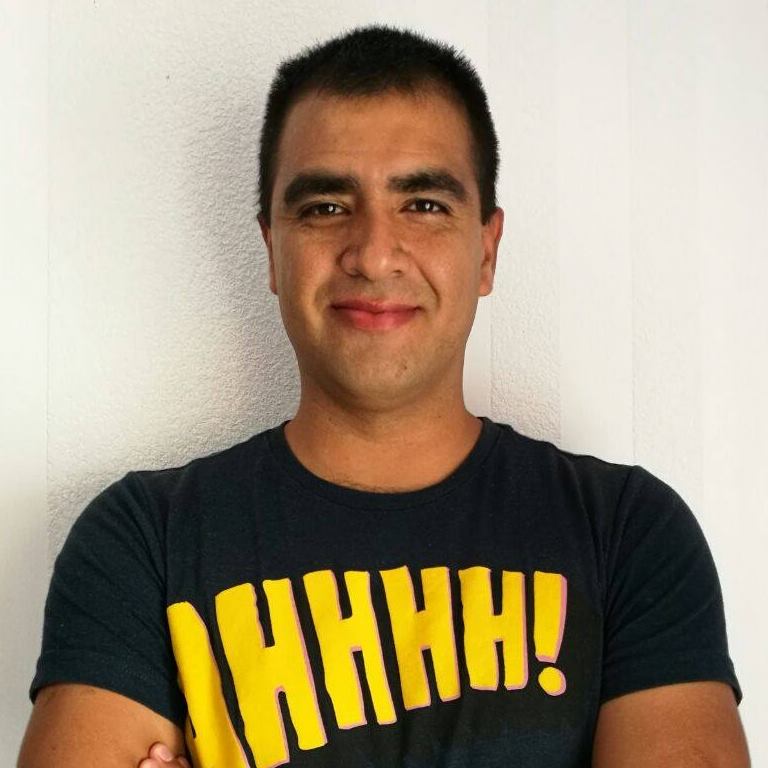
email: jabt0123@gmail.com
Dr. José Alberto Briones Torres, is a Postdoctoral Researcher at LUMAT-UAZ, SNI Candidate, received his Doctorate in Basic Sciences from the Autonomous University of Zacatecas, his area of specialty is Physics, particularly he studies the propagation of electrons through periodic and aperiodic systems based on two-dimensional and novel materials such as graphene and the graphene bilayer. Currently, it seeks to establish and consolidate a line of research that involves Fano resonances, two-dimensional novel materials, and alternative energies, especially low-dimensional thermoelectricity.
During his Master’s studies, he implemented an unusual method for the propagation of electrons through bilayer graphene-based systems, the hybrid matrix method, this method manages to avoid numerical instabilities that occur in the transfer matrix method (the common method). This was achieved thanks to the mathematical formalism of Sturm-Liouville.
He has been Co-director of a bachelor’s thesis and a master’s thesis, both of which worked on bilayer graphene. He is the author of 5 publications in specialized journals with rigorous arbitration and also of a book chapter. He has more than 25 participations in national and international congresses and 10 talks in seminars and/or conferences at the state, national and international levels.
For almost 5 years he was a Teacher-Mentor helping students with academic lag at the UAZ Student Learning and Services Center. He has teaching experience at a higher level teaching subjects such as Linear Algebra, Classical Mechanics, Probability and Statistics, Differential Equations, and Solid State Physics.
During his Doctorate, he obtained the 2018 Zacatecas Youth State Award in the area of science and Technology and the Award for the Best Average of his Generation.
Eric Jovani Guzman
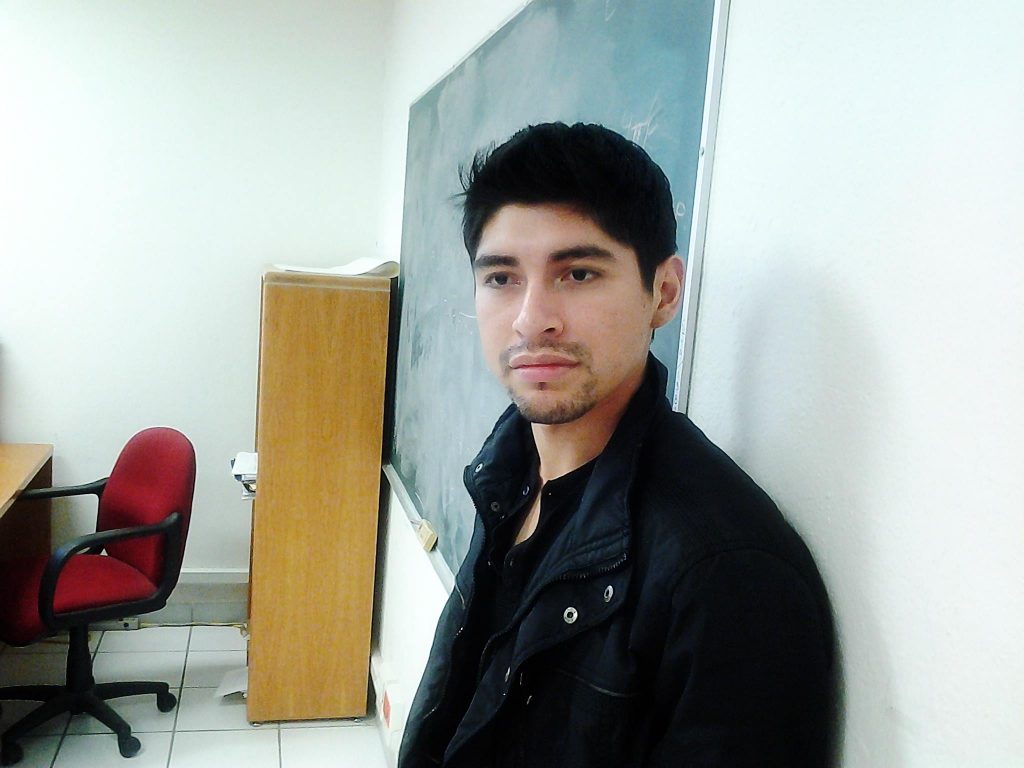
email: eric-gio@hotmail.com
Dr. Guzman obtained his PH.D in Physics Sciences at the University of the Michoacan State (UMSNH), Mexico, with honorific recognition in 2019. He did his doctoral thesis on the topic of spintronic and ferromagnetic materials under the guidance (supervision) tutorial of Dr. Oracio Navarro Chávez prestigious researcher at Institute of Materials of UNAM, and Dr. Outmane Oubram researcher at Institute of Chemical Sciences of UAEM, Mexico. In particular, he studied the temperature of Curie of double perosvkite Sr2FeMoO6 and the thermoelectric effect in gated silicene superlattices.
Recently, in 2020, Dr. Guzmán got a postdoctoral position to work with Dr. Isaac Rodríguez Vargas at LUMAT of the University of Zacatecas State (UAZ), Mexico. During this residency, he was carried out a profound study of the thermoelectric effect in aperiodic gated superlattices both in silicene and graphene and in collaboration with Dr. Sergio Molina Valdovinos researcher at LUMAT.
His area of research focuses on Materials Physics and Solid State topics. Especially in the study of the electronic and magnetic properties in 2-D materials for potential applications such as spintronic, ferromagnetic, and thermoelectric devices. His experience as a professional researcher has been reflected through the publication of articles (papers) in high-impact scientific journals, as well as through his participation in national and international conferences.
